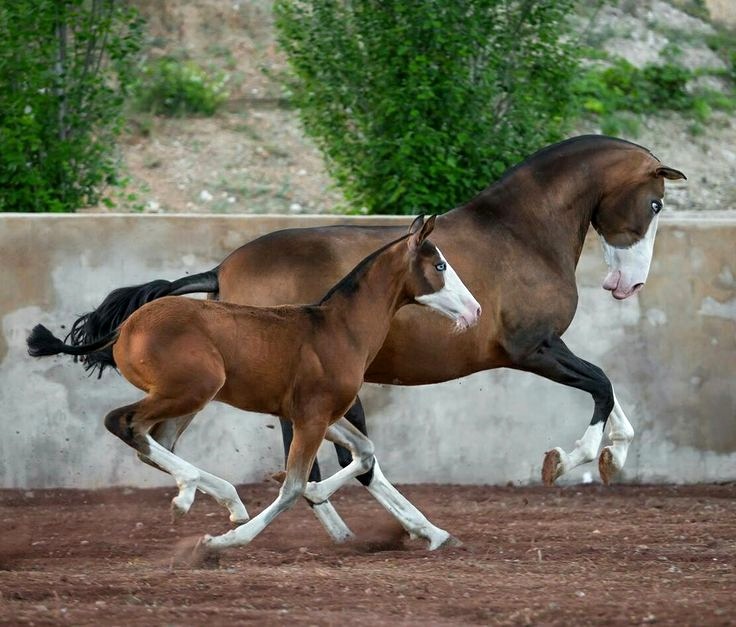Horses are powerful creatures, but they do have their limits. Knowing how long you can ride a horse before it gets tired is key to ensuring both rider and horse have a safe and enjoyable experience. This article will discuss the different factors to consider when riding a horse, how to recognize when a horse is getting tired, and tips for preventing horses from becoming overworked.
Factors to Consider When Riding a Horse
Before deciding how long to ride a horse, there are several factors that need to be taken into consideration.
1. The Horse’s Fitness Level
Just like humans, some horses are more fit than others, and this will have a significant impact on how long they can be ridden. Horses that have been regularly exercised and conditioned will be able to last longer than those who have not.
2. The Rider’s Weight
The rider’s weight is another important factor to consider when determining how long a horse can be ridden. A horse carrying a heavier rider will tire more quickly than one carrying a lighter rider.
3. The Horse’s Age
The age of the horse will also play a role in how long it can be ridden. Young horses have more energy and can typically be ridden for longer periods of time than older horses.
4. The Type of Riding
The type of riding being done will also affect how long a horse can be ridden. For example, a horse doing a leisurely walk will be able to last longer than one doing a vigorous gallop.
How to Recognize When a Horse is Getting Tired
Even with the best of intentions, it can be difficult to know when a horse is tired and needs a rest. There are several signs to look for that can help you recognize when a horse is getting tired.
1. Slowing Down
When a horse is getting tired, it will naturally begin to slow down. If you notice your horse is slowing down, it is a sign that it needs a break.
2. Sweating
If your horse is sweating, it is a sign that it is working harder than normal and needs a rest.
3. Loss of Appetite
If your horse is not eating or drinking as much as normal, it could be a sign that it is getting tired.
4. Dullness
When a horse is getting tired, it will often appear dull and uninterested. If your horse seems to be losing its enthusiasm for the ride, it is a sign that it needs a break.
Tips for Preventing Horses from Becoming Overworked
The best way to ensure a horse does not become overworked is to plan rides accordingly and give the horse plenty of breaks. Here are a few tips for preventing horses from becoming overworked:
1. Plan Breaks
Make sure to plan breaks throughout the ride so that the horse can rest and cool down. A good rule of thumb is to take a break every 15-20 minutes.
2. Start Slow
When starting a ride, start out slow and gradually increase the pace. This will help the horse warm up and get used to the activity.
3. Adjust the Pace
Pay attention to your horse’s energy level and adjust the pace as needed. If the horse is getting tired, slow down or take a break.
4. Cool Down
Make sure to cool down the horse after a ride by walking or trotting for a few minutes before stopping. This will help the horse’s muscles cool down and prevent soreness.
Conclusion
Knowing how long you can ride a horse before it gets tired is essential for ensuring both rider and horse have a safe and enjoyable experience. Factors such as the horse’s fitness level, the rider’s weight, the horse’s age, and the type of riding should all be taken into consideration. Additionally, there are several signs to look for that can help you recognize when a horse is getting tired. Finally, there are several tips for preventing horses from becoming overworked, such as planning breaks, starting slow, and cooling down after a ride.

